On This Day…January 27th
Today saw the first sinking of a Japanese warship by a US submarine.
On 27th January, 1942, the USS Gudgeon (SS-211) was returning home from its first war patrol, having left the submarine base at Pearl Harbor on 11 December, 1941. As a result of the Japanese attack on the 7th, the US introduced a position of unrestricted submarine warfare.
After becoming the first submarine to hunt in the waters off the Japanese home islands, the Japanese submarine I-73 was spotted as Gudgeon was heading home to Pearl. Closing to within 1,800 yards of her target, the Gudgeon lined up her shot and sent a spread of three torpedoes into the path of the I-73, two of which struck the sub directly amidships.
Damage to the I-73 was total, as the force of the explosions almost broke the submarine in two. The I-7 momentarily settled back to an even keel after the impacts (prompting Captain Grenfell to report only ‘damage' - HYPO at Pearl confirmed destruction) but then promptly began to jackknife and sank at this location with all hands.
Drawing of I-73 facing her end by Lt. Cmdr. Fred Freemen, courtesy of Theodore Roscoe, from his book "U.S. Submarine Operations of WW II"...
The Gudgeon would meet something of a mysterious end, disappearing after a refueling stop at Johnston Island in April 1944 on her 12th war patrol. It is likely she was sunk on the 18th April 1944 by a G3M ‘Nell', near Iwo Jima. The pilot claimed to have sighted a surfacing sub and in the attack scored direct hits on the bow and the conning tower with 550 lb bombs, leaving a gaping hole in the centre section. A column of oil was thrown into the air and the sub sank quickly, followed by a heavy under water detonation. Gudgeon ultimately earned 11 battle stars and sunk more than 70,000 tons of enemy shipping.
The ‘Casablanca Directive' brought the US directly into the fight against Nazi Germany...
“Your Primary object will be the progressive destruction and dislocation of the German military, industrial, and economic system, and the undermining of the morale of the German people to a point where their capacity for armed resistance is fatally weakened.”
On the 27th January, 1943 the first American bombing mission to Germany reported...
“303rd BG(H) Combat Mission 27 January 1943” -
Target: Wilhelmshaven Naval Base, Germany
Crews Dispatched: 11
Length of Mission: 5 1/2 hours
Bomb Load: 4 x 1000 lbs H.E. Demolition bombs
Bombing Altitude: 23,000 ft
Ammo Fired: 14,142 rounds
Enemy Aircraft Claims: 1 Destroyed, 1 Damaged
The debrief was carried out by Captain Harold Stouse – who piloted B-17F (27-BO 41-24635) ‘The Eightball' to Wilhelmshaven. This is an actual photo of him filing the flight report on January 27th. Looks pretty tired.
“Germany, for the first time, was bombed with U.S. bombs, from U.S. airplanes, with U.S. crews. Maj. Green and Lt. Von Schmidt conducted the briefing at 0545 hours.”
“#41-24541, Spook, 358BS-G, piloted by Lt. Oxrider, had a harrowing experience in keeping with the aircraft's name. A life raft, released by the vibration from the firing of the top turret by T/Sgt. Frederick B. Ziemer, struck the left waist gunner, Sgt. Wilmer G. Raesley. The left waist gun went wild, shooting holes in the side of the aircraft and wounding the tail gunner, S/Sgt. James K. Sadler. Sgt. Sadler received two bullet holes (not serious) in his right buttock and was hospitalized. These events caused Lt. Oxrider to return home when ten miles over the English Channel.”
“Both waist guns and the ball turret fuse went out on #41-24558, Hunga Dunga, 358BS-F, piloted by Lt. McDonald.”
“#41-24605, Knockout Dropper, 359BS-R, piloted by Lt. Roller, turned back when the interphone system stopped working.”
“The eight remaining 303rd BG(H) B-17s and 45 others from the 91st, 305th, and 306th Bomb Groups, bombed the secondary target at Wilhelmshaven. The primary target, a power house at Vegesack, Germany, was obscured by clouds.”
“The 2BW B-24s failed to bomb when they were unable to locate the target because of cloud cover and poor navigation. Moderate, heavy and inaccurate anti-aircraft fire was observed in the target area while dropping 1,000-lb. bombs from 25,000 feet.”
(Actual footage from the raid on the Wilhelmshaven Naval Port)
“Ten to fifteen ME-109s were observed by the crews and about 30 encounters ensued. There were many claims for aircraft destroyed, and gunners were credited with one destroyed that crashed into the sea and one damaged.”
“All aircraft returned safely with only a few battle scars. Gunners declared that most of the German pilots were “Greenhorns” and made constant tactical mistakes, many of which would not be made again. Two crewmen suffered from frostbite.”
On 27th January, 1944 the siege of Leningrad was permanently broken.
On January 27th, 1967, Specialist Four Donald W. Evans, a 23-year-old medic from California, was awarded a posthumous Medal of Honor for action on this day in the Kontum Province, South Vietnam.
The Medal of Honor Citation:
“For conspicuous gallantry and intrepidity in action at the risk of his life above and beyond the call of duty. He left his position of relative safety with his platoon, which had not yet been committed to the battle to answer the calls for medical aid from the wounded men of another platoon, which was heavily engaged with the enemy force.”
“Dashing across 100 meters of open area through a withering hail of enemy fire and exploding grenades, he administered lifesaving treatment to 1 individual and continued to expose himself to the deadly enemy fire as he moved to treat each of the other wounded men and to offer them encouragement. Realizing that the wounds of 1 man required immediate attention, Sp4c. Evans dragged the injured soldier back across the dangerous fire-swept area, to a secure position from which he could be further evacuated. Miraculously escaping the enemy fusillade, Sp4c. Evans returned to the forward location.”
“As he continued the treatment of the wounded, he was struck by fragments from an enemy grenade. Despite his serious and painful injury he succeeded in evacuating another wounded comrade, rejoined his platoon as it was committed to battle and was soon treating other wounded soldiers. As he evacuated another wounded man across the fire-covered field, he was severely wounded. Continuing to refuse medical attention and ignoring advice to remain behind, he managed with his waning strength to move yet another wounded comrade across the dangerous open area to safety. Disregarding his painful wounds and seriously weakened from profuse bleeding, he continued his lifesaving medical aid and was killed while treating another wounded comrade.”
“Evan's extraordinary valor, dedication and indomitable spirit saved the lives of several of his fellow soldiers, served as an inspiration to the men of his company, were instrumental in the success of their mission, and reflect great credit upon himself and the Armed Forces of his country.”
General Montgomery standing in front of a ‘Grant' command tank near Tripoli, 27th January 1943. The Medium M3 Tank was an American tank that was given two operational names by the British depending on the turret it was supplied with. Tanks with the US turret were designated the ‘Lee' after Confederate General Robert E. Lee, and the tanks with British patterned turrets were known as ‘Grant', after US General Ulysses S. Grant.
Liberation of Auschwitz on January 27th, 1945. Soviet Army troops found 7,000 remaining prisoners, most serious ill. Below, four survivors point themselves out as children.
On January 27, 1973, the United States, South Vietnam, Viet Cong, and North Vietnam formally sign “An Agreement Ending the War and Restoring Peace in Vietnam” in Paris. The photo below, a Pulitzer Prize winner in 1974, shows a PoW returned to his family on March 17th, 1973.
Battleship USS Indiana (BB58) en route to attack Taroa Island airfield, Maloelap Atoll, Marshall Islands, on 27th January, 1944.
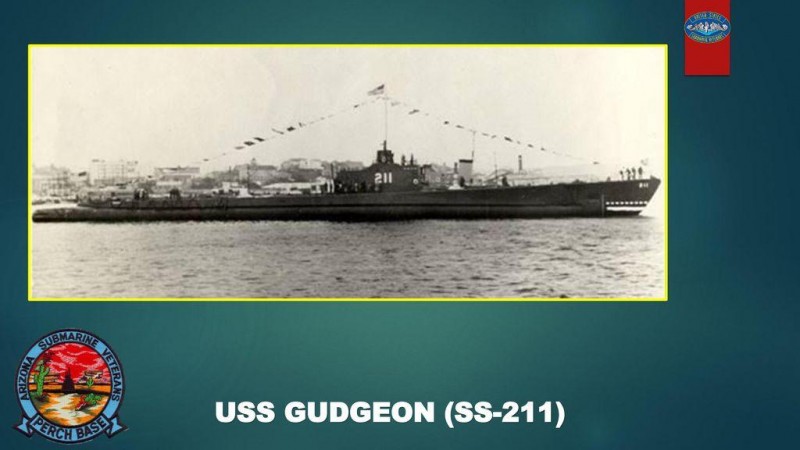
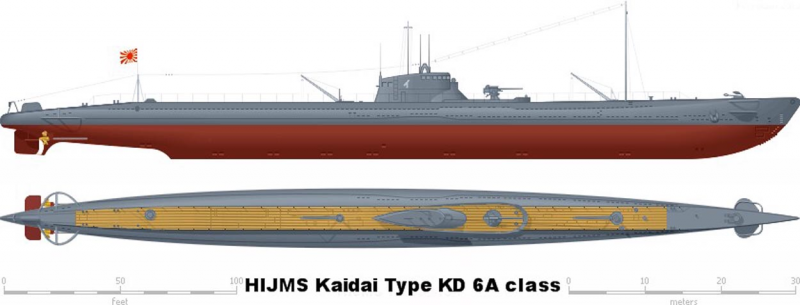



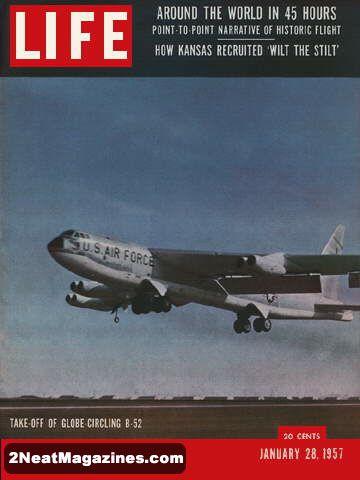
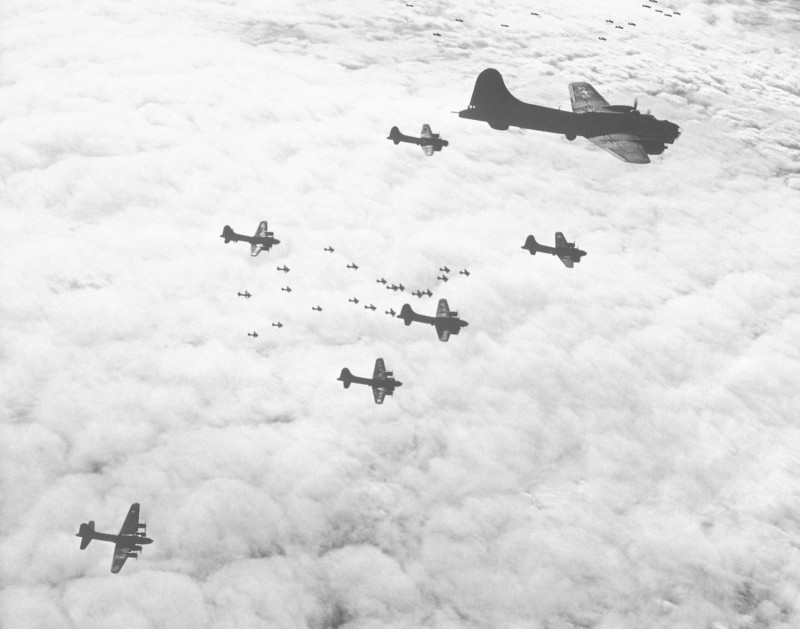
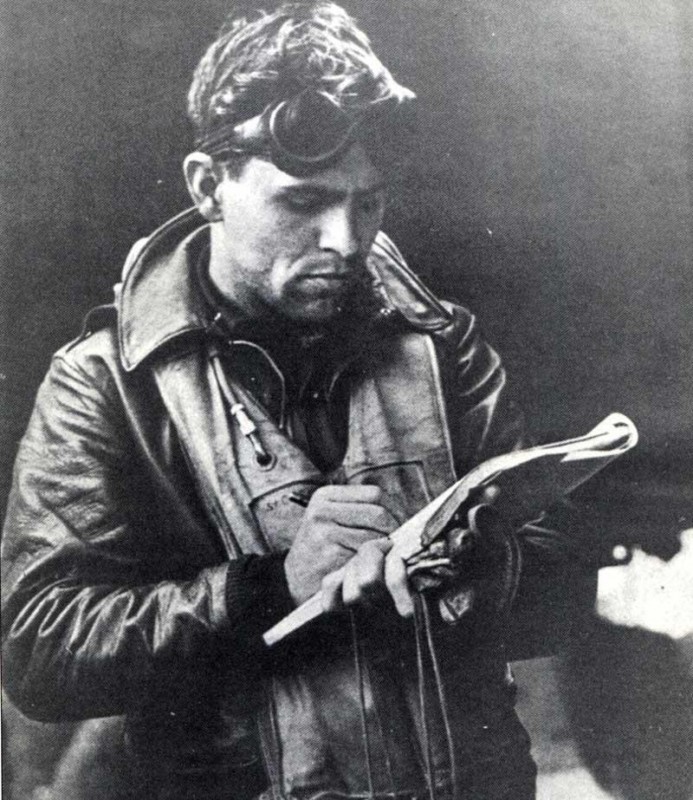
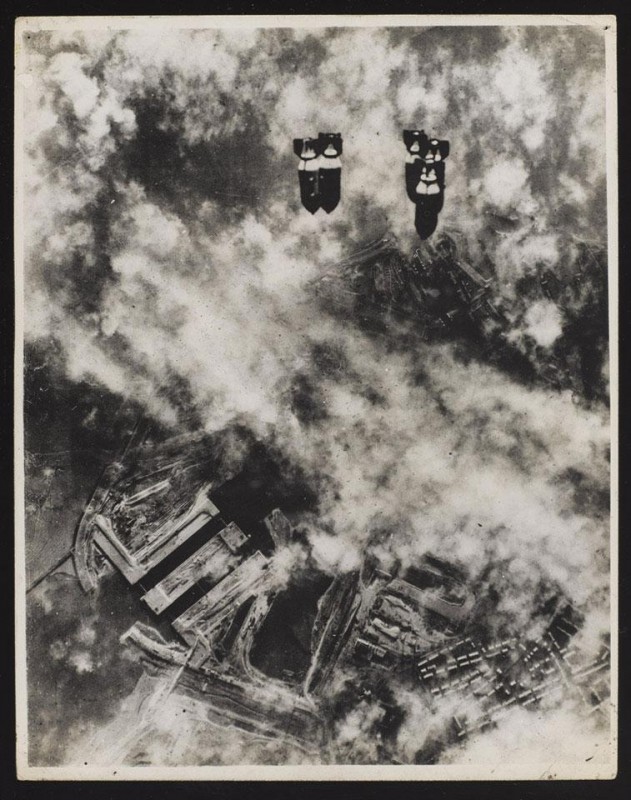


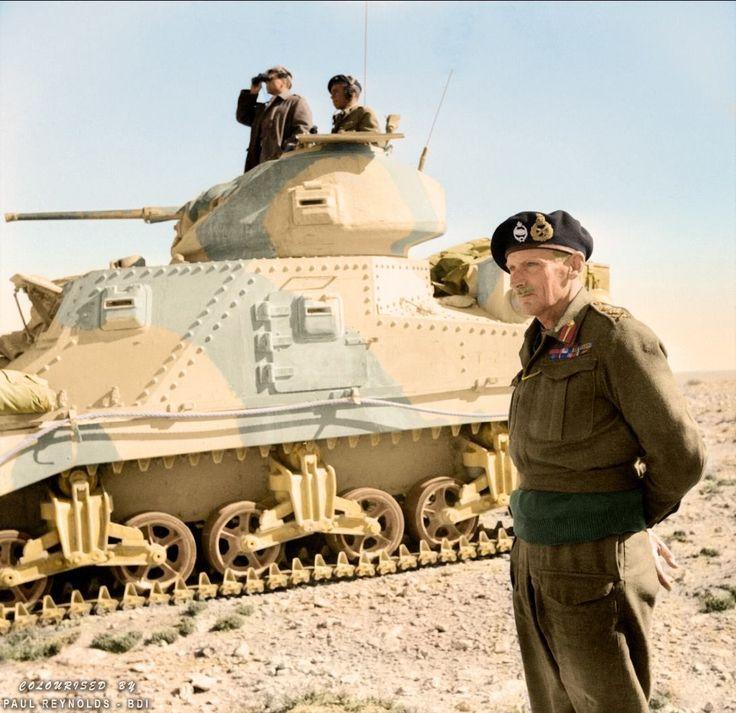

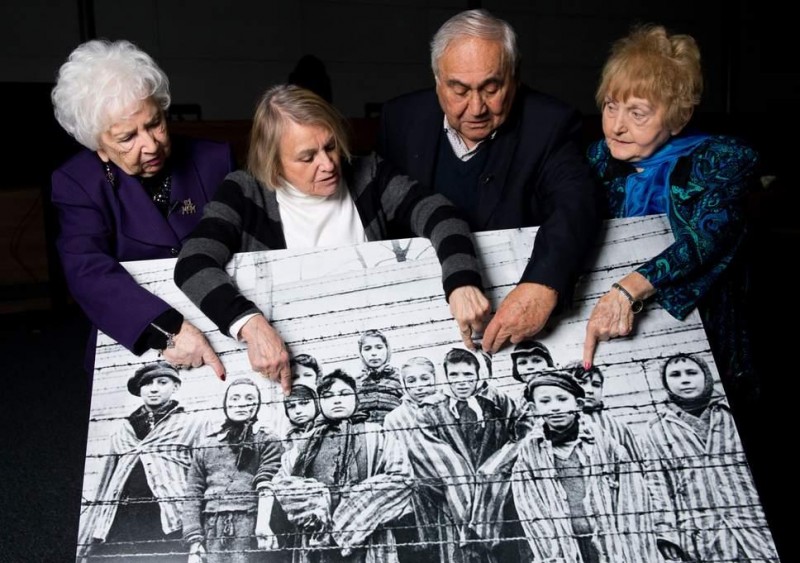


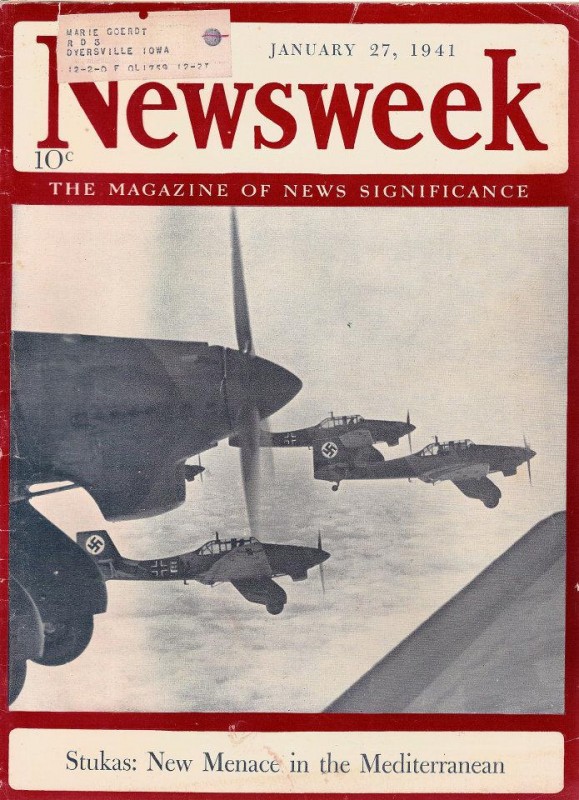

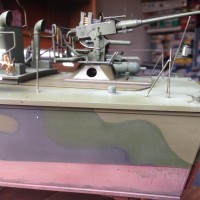


I'm enjoying all of these photo sets but this group for me stands out as one of the better ones, love the shot of Monty particularly .
Cheers N.
Appreciate you taking the time to post, Neil. Hope you enjoy the rest of the weekend!
David, splendid photo array as usual. The narrative regarding the medic, Sp.4 Donald Evans highlights what some of the actions REAL heroes do. Monty & Lee are VERY interesting and the photo of the "Auschwitz Kids" is amazing!
Bravo, my friend; Bravo!
Jeff
(PS - I noticed in an older post of yours that you are a fan of semi-colons; so here you go! You got a twofer - 2 SCs in one response post! )
)
Very much a pleasure, Jeff; stories like that of Donald Evans and the ‘Auschwitz kids’ are deeply moving and fascinating to research.
Thanks for remembering the semi-colons; the difference between a semi-colon and a kitten? A cat has it’s claws at the end of its paws, while a semi-colon has it’s clause at the end of a pause...
Boy, love a good pun, too.
Thanks for following the series, Jeff.
"Although the Soviet forces managed to open a narrow land corridor to the city on 18 January 1943, the siege was not lifted until 27 January 1944, 872 days after it began."
Also, that submarine being broken in half by an explosion looks an awful lot like a US fleet boat with a post-1943 cut down conning tower. WTF?
Tom, I clearly have a problem with ‘43/‘44 when it comes to Leningrad; not the first time that’s happened. Bit like ‘i’ before ‘e’ except before...some nonsense or other that I can’t remember.
Now, is it the red pills or blue pills at 8pm...
I actually have the issue of Time you included! I also have the May 20 '57 issue with the Ryan X-13 Vertijet on the cover.) Is the photo of I-73 getting blown in half actual "gun camera" footage of the event. (Don't know if the navy did the same as the USAAF and filmed shots fired.)
That is definitely not an I-boat. That conning tower is a US Gato-class cut-down or a Balao-class conning tower.
Here's a picture of I-68 which was the same class sub that the I-73 was. The class included the subs numbered from I-68 to I-75. The boats were renumbered later by adding the number "1" in front of the original number. I-68 became the I-168 and so on...
Another excellent set of photos. Anything with subs catches my attention. My Dad had a childhood friend from his hometown in Pennsylvania, who was lost onboard the Grunion SS-216 during the War. It was a Gato class boat.
She operated off Kiska throughout July and sank two enemy patrol boats as she waited for enemy shipping. On 30 July, 1942, the submarine reported intensive antisubmarine activity and was ordered back to Dutch Harbor.
He was listed as still on patrol. They thought for many years the boat was sunk off the Alaskan coast. About 10 years ago they finally found her...
Here's what Wikipedia has to say about the loss.
In 2007, using a ROV, DSSI / Oceaneering returned to the site and took video recordings of the imploded remains of a submarine, which had markings in English, and propeller guards and limber holes identical to those of the Grunion. The following year, the US Navy confirmed that the find was the Grunion.
Although it is not absolutely certain, the evidence strongly suggests that the Grunion was lost as a result of multiple torpedo failures during her encounter with the Kano Maru. Her first torpedo ran low, but despite its magnetic pistol it failed to detonate. Two more bounced harmlessly off the Kano Maru without exploding. However, the remaining torpedo missed its target and circled back, striking the periscope supports on the submerged submarine without exploding.
The damage the torpedo inflicted, combined with a jammed rear dive plane, triggered a sequence of events that caused the loss of depth control. The Grunion lunged below her maximum operational depth, and at about 1000 feet would have imploded. What remained of the ship struck the seabed, breaking off about 50 feet of her bow. The wreckage then slid two-thirds of a mile down the side of an extinct volcano, coming to rest on a notch in the underwater mountain.
Faulty torpedoes... imagine that.
This posting is your best one yet... It captures a lot of worthy mentions.
Thank you for taking the time to write these articles...
“Faulty torpedoes……………… imagine that”
That made me smile, which on the commute I make daily, is a deed worthy of note, Louis.
Thanks for the story, can’t seem to get enough of these records. Fascinating to hear.